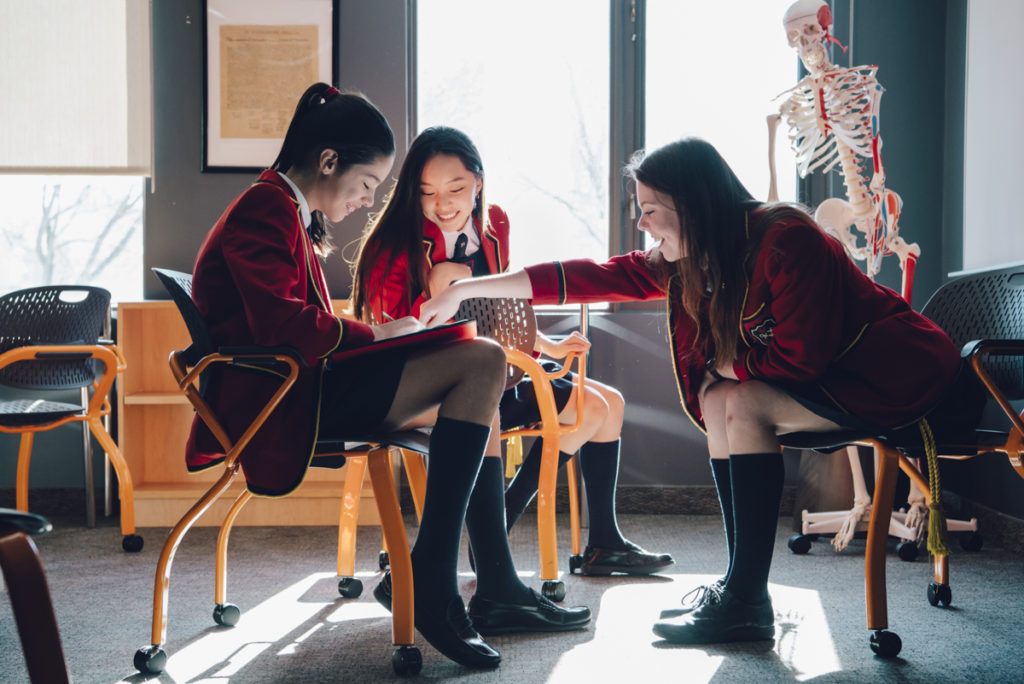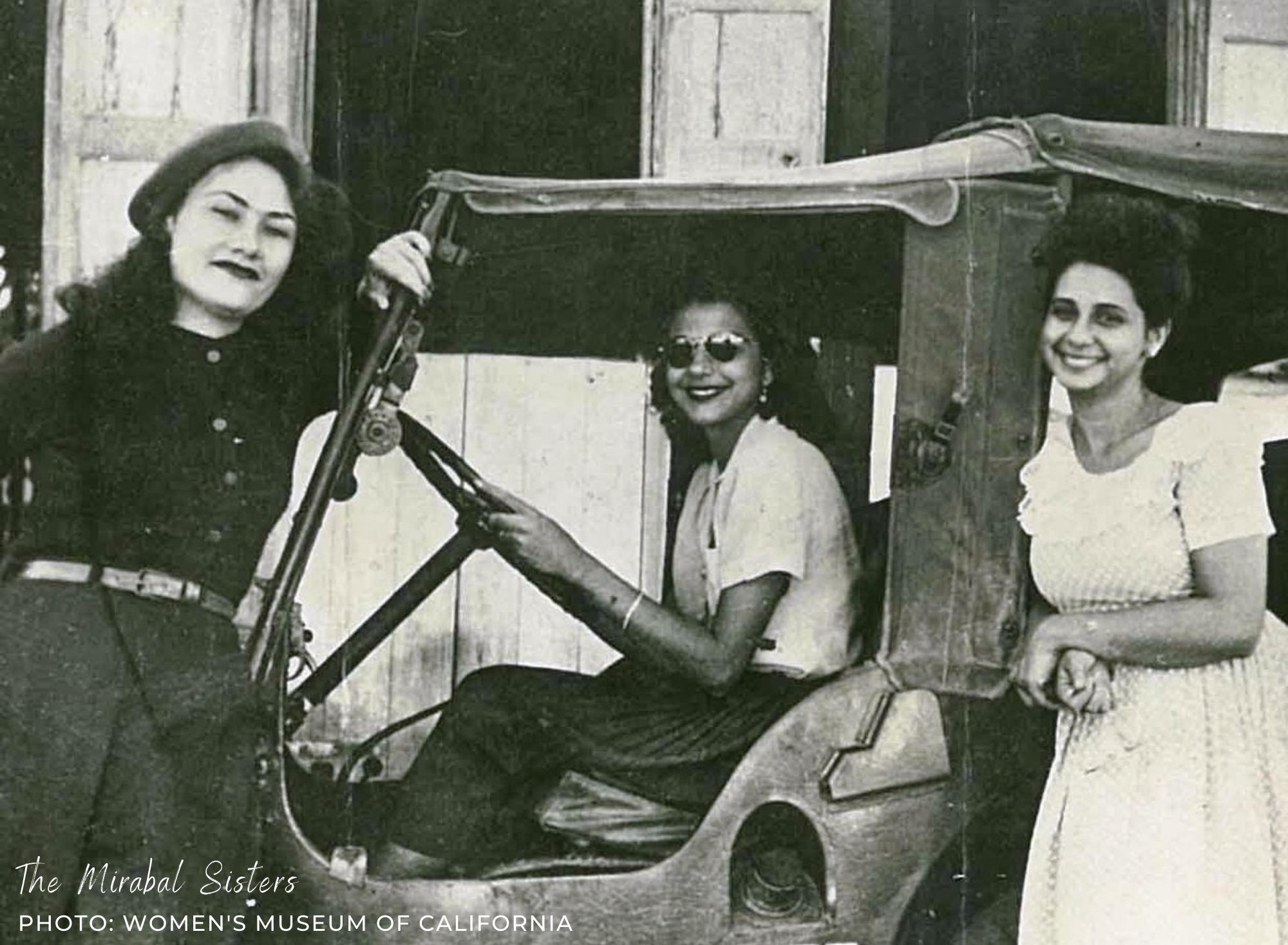Last week I attended the Times Higher Education (THE) Teaching Excellence World Summit at Western University. This three-day conference was an opportunity to meet with higher education administration and to hear from professionals and experts on teaching and learning, global education, inclusiveness, and innovation.
On the first full day of sessions, Chief Knowledge Officer of THE, Phil Baty, introduced our keynote speaker David McKay, CEO of the Royal Bank of Canada. Baty reminded us all that, “there has to be a gap between student and teacher into which students step. This gap must allow students to move into and engage in their learning, rather than simply receive information from teachers.” He went on to say that “university teachers must leave gaps for students in which they can find their voice, learn how to struggle, and learn how to learn and that universities must support faculty so that they CAN leave the gap.”
This message for higher education colleagues is no different than it is for our Grades 1-12 teachers. Ensuring that our girls are learning how to learn is of utmost importance, as it is in the ‘gaps’ where they are particularly challenged to reflect and apply skills such as problem solving, critical thinking and inference.
These skills- too often called ‘soft’ skills- were addressed by David McKay in his keynote address. He called them ‘power skills,’ an alternate term I greatly appreciated.
As Mr. McKay said, “Power skills are vital for the future. People need to be good communicators, collaborators, critical thinkers- and those who can choose a vision or destination and motivate a group to get there.” He also stressed that “educational institutions must grow and expand programs to incorporate experimentation, challenge and growth. Students must have opportunities to step out of university ecosystems during their time in order to test learning in different contextual ecosystems.”
The notion of stepping out of one ecosystem into another- be it a co-op opportunity, exchange or partnership- was, for McKay, an example of a ‘gap’ that he sees as being paramount for learning. Not only are students then challenged to learn in different contexts, but they are also able to reflect on their learning and redirect their focus. He reminded us that, “institutions who are most creative, flexible and provide the best experiences for learners will be successful in the future.”
As St. Clement’s continues its work into the future, we are excited about our girls’ opportunities for accessing the ‘gaps’ in order to grow. This past year has been reflective of these opportunities. With a new timetable that provides both predictable schedules and flexible time, increased professional development for our faculty, and new, creative programs at all levels that challenge our girls’ ability to make connections across disciplines, our girls are stepping into gaps regularly. Planning for next year is well on its way with an additional opportunity for some of our senior girls to step out of St. Clement’s and into another ecosystem as they take part in a co-op learning experience.
As the School works to ensure our girls’ success, it is evident that, in doing so we must not mind the gaps; indeed, we need to help create them.

